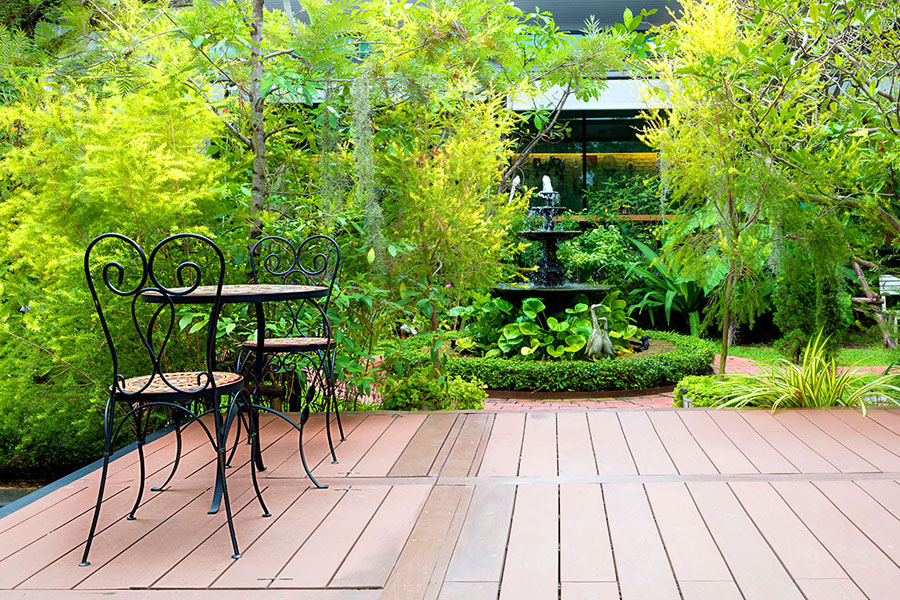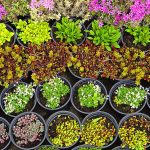Autumn brings cooler temperatures, falling leaves, and the perfect opportunity to turn your garden waste into nutrient-rich compost. As your garden transitions from the growing season to dormancy, leaves, grass clippings, and other organic materials can be repurposed to create a valuable resource for your spring planting. Composting in autumn not only helps reduce waste but also ensures that your soil will be enriched and ready to support healthy plants come spring. So how do you maximize your garden waste this autumn and create compost that will nourish your garden next year?
Collecting the Right Materials
Autumn is a season of abundance when it comes to composting materials. With trees shedding leaves and plants naturally dying back, your garden is offering up the perfect ingredients for a robust compost pile. But not all organic waste is created equal, and knowing which materials to compost will help you create a balanced, nutrient-rich blend.
Focus on collecting a mix of browns and greens for your compost pile:
- Browns: Dry, carbon-rich materials like fallen leaves, straw, and twigs.
- Greens: Nitrogen-rich materials like grass clippings, vegetable scraps, and plant trimmings.
Autumn leaves are ideal for composting because they add valuable carbon to the pile, helping balance the moisture and nutrients provided by green materials. Be sure to shred or chop leaves before adding them to the pile to speed up decomposition. The more finely you chop your browns, the quicker your compost will break down.
The Perfect Compost Pile Structure
Once you’ve collected your materials, it’s time to layer them in the compost pile. Just like building a lasagna, the key to effective composting is alternating layers of browns and greens. Start with a thick layer of browns (like leaves or straw) on the bottom, followed by a layer of greens (such as grass clippings or food scraps), and continue layering.
For the best results, aim for a ratio of roughly three parts browns to one part greens. This balance ensures that your compost pile has enough carbon to break down properly without becoming too wet or too dry.
A quick tip: Always cover food scraps with a layer of leaves or soil to discourage pests and reduce odors.
Turn, Turn, Turn: Keep That Pile Active
Turning your compost pile is essential for keeping it active and aerated. As the organic materials break down, they need oxygen to decompose efficiently. By turning your pile every week or two, you introduce fresh air, which helps speed up the process and keeps things from becoming too compacted.
In autumn, cooler temperatures may slow down decomposition, but turning the pile regularly can help maintain heat and keep the process moving. If you notice the pile drying out, add a little water to maintain moisture. The pile should feel damp, like a wrung-out sponge, but not soggy.
The Magic of Leaf Mold
One of the hidden gems of autumn composting is leaf mold. While leaves are great for general composting, creating a separate pile dedicated solely to leaf compost (leaf mold) can give you a powerful soil conditioner by spring.
To make leaf mold, pile up your shredded leaves in a corner of your yard, keep them moist, and let them sit undisturbed over the winter. Unlike regular compost, leaf mold takes longer to break down—usually about 6 to 12 months—but the result is worth the wait. Leaf mold improves soil structure, boosts moisture retention, and adds beneficial fungi to the soil.
By spring, you’ll have a rich, crumbly material to work into your garden beds or use as a top dressing for your plants.
How to Quick-Start the Composting Process
If you’re eager to speed up your composting process, there are a few tricks you can use to get your pile breaking down faster. One way is to chop your materials into smaller pieces. The more surface area your organic waste has, the easier it is for microbes to break it down. Shredding leaves, cutting up vegetable scraps, and chopping twigs all help accelerate the process.
Another method is to add a compost activator—a mix of nitrogen-rich ingredients like manure, blood meal, or alfalfa meal. These activators kick-start microbial activity, helping your compost heat up and decompose more efficiently.
Conclusion
Autumn is the perfect time to start composting and turn all that garden waste into nutrient-rich compost for spring. With the right materials, proper layering, and a bit of patience, you can create compost that nourishes your garden and helps build healthier, more productive soil.



